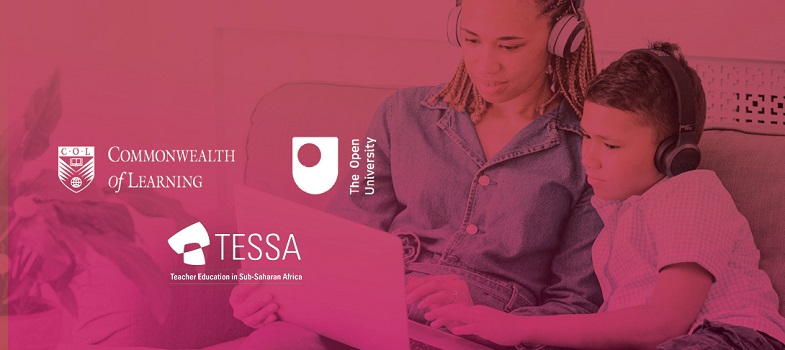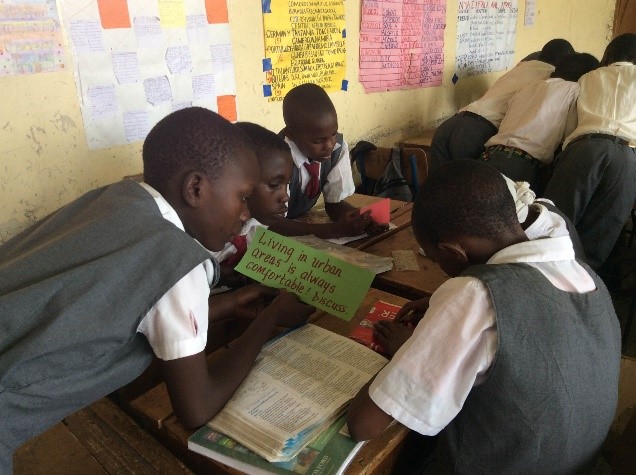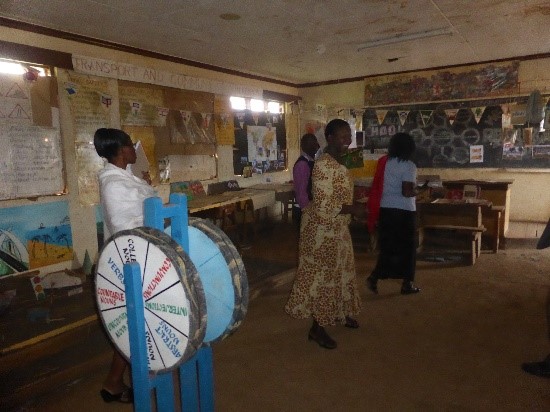Week 4: Working with communities, families and stakeholders
4. Understanding inclusive education stakeholders
4.1. Managing change
Creating an inclusive school which works effectively with the wider community and has classrooms that reflect learner-centred attitudes and values, requires change. Change will be slow, but small changes in practice, will challenge attitudes to learners and will eventually lead to a more inclusive school. Here, you will engage with an example which demonstrates how change can take place.
In Kenya, Government policy is that teaching should be more inclusive and more learner-centred, with a greater emphasis on teaching skills and values, alongside knowledge. As result, a new Competency Based Curriculum (CBC) has been developed.
The example below demonstrates how, overtime, small changes in practice can lead to significant improvements for learners. It took place before the CBC was implemented but was being talked about.
Activity 4.8: Supporting changeYou are advised to spend 20 mins on this activity Read the example below and write notes in response to these questions in your notebook.
|
|
Egerton Primary School Teachers at Egerton primary school in Kenya were introduced to the TESSA OER (www.tessafrica.net) in 2008, by academics from Egerton University. The TESSA OER help teachers to develop active approaches to learning and teaching, through the provision of classroom examples, which model learner-centred attitudes. Academics visited the school to support teachers in using the resources. Inspired by some of the classroom activities described in the resources, the teachers re-arranged their classrooms so that children sat at tables, in groups, rather than in rows. This meant they could discuss things in groups and pairs, more easily.
They also developed a resource centre where teachers were encouraged to store and share teaching resources they made from local materials.
As a result of more pair work and group work, teachers noticed that some of the children in Grade 4 could not read well-enough to access the subject-based curriculum. They therefore started a whole-school focus on literacy and harnessed the local community to help them build a school library. Parents act as volunteers, coming to be in the library and listening to children read; the local Church under took some fundraising activities so the school could print off stories from the AfricanStory Book website (www.africanstorybook.org) in the local languages and a local charity donated books in English obtained from abroad. A small change – sitting students so they could take part more easily in pair and group work – has led to a whole school project, specifically targeting literacy. This was because by providing opportunities for learners to talk about their work, they realised things about them that had previously gone unnoticed. Using TESSA OER did not solve the problem of low levels of achievement and a lack of teaching resources, but it put the school on to a different trajectory. It enabled them to identify a reason why achievement levels were low and inspired them to do something about it. It also highlighted specific tasks that the local community could become involved in, bringing them into school and building productive relationships. |


